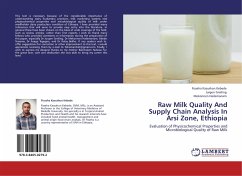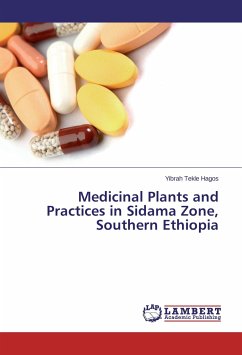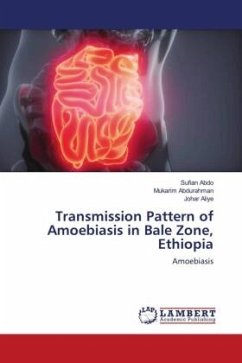Bachelor Thesis from the year 2015 in the subject Veterinary medicine, Addis Ababa University (College of veterinary medicine and agriculture), course: DVM THESIS, language: English, abstract: This study aimed to estimate the incidence of human dog bites,describe characteristics of bites and to identify risk factors for dog bites in Lemu-Bilbilo district. A retrospective analysis of suspected rabies cases (dog bites) in Lemu- Bilbilo district during the period 2013/2014 (n=1 year) was done. A total of 316 bite injuries inflicted by rabies-suspected animals were reported, giving a mean annual incidence of ~137 cases per 100,000. Males (56.6%) were more at risk than females (43.4%). The proportion of children (0-19 aged) bitten was relatively higher than that of adults. 34.2% of victims were bitten by neighbour dogs. Domestic dogs were involved in 95% of the human bite cases, whereas man (1.9%), donkey (1.6%), cattle (0.9%), wild animal (0.3%) and horse (0.3%) played a minor role. 94.3 % of the victims mentioned that the disease (rabies) status of the dogs involved in the bite incidents was rabid. Rabies-suspected case reports were most frequently occurred during August and October in each year. This study revealed that incidences of humans being bitten by dogs suspected of rabies are common in Lemu-Bilbilo, involve mostly children and predominantly occur during autumn. Rigorous surveillance to determine the status of rabies and the risk factors for human rabies, and increased educational awareness of people about the risk of dog bites and rabies at national level is necessary, particularly for children as well as formulation and institution of appropriate rabies-control policies, is required.
Hinweis: Dieser Artikel kann nur an eine deutsche Lieferadresse ausgeliefert werden.
Hinweis: Dieser Artikel kann nur an eine deutsche Lieferadresse ausgeliefert werden.








